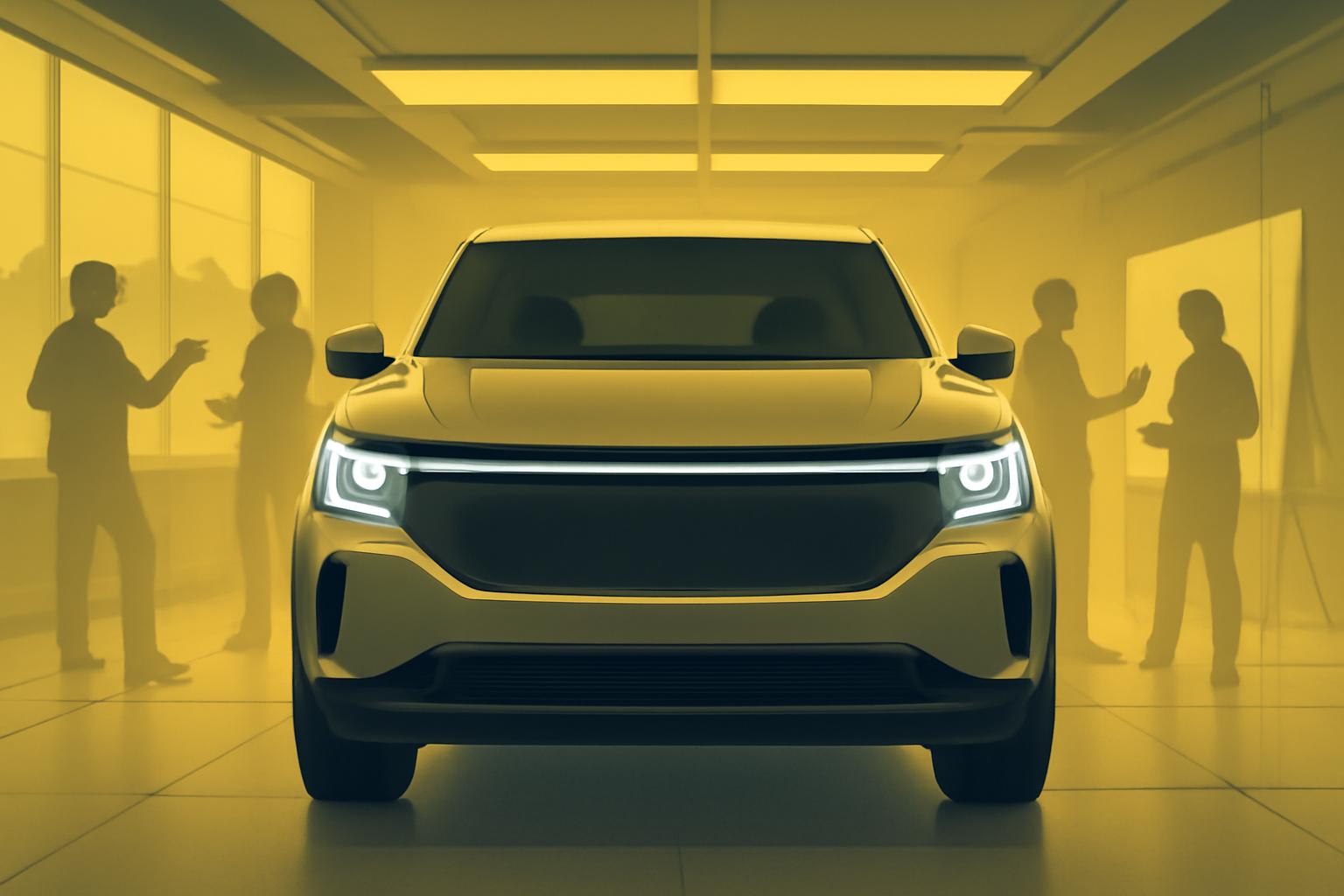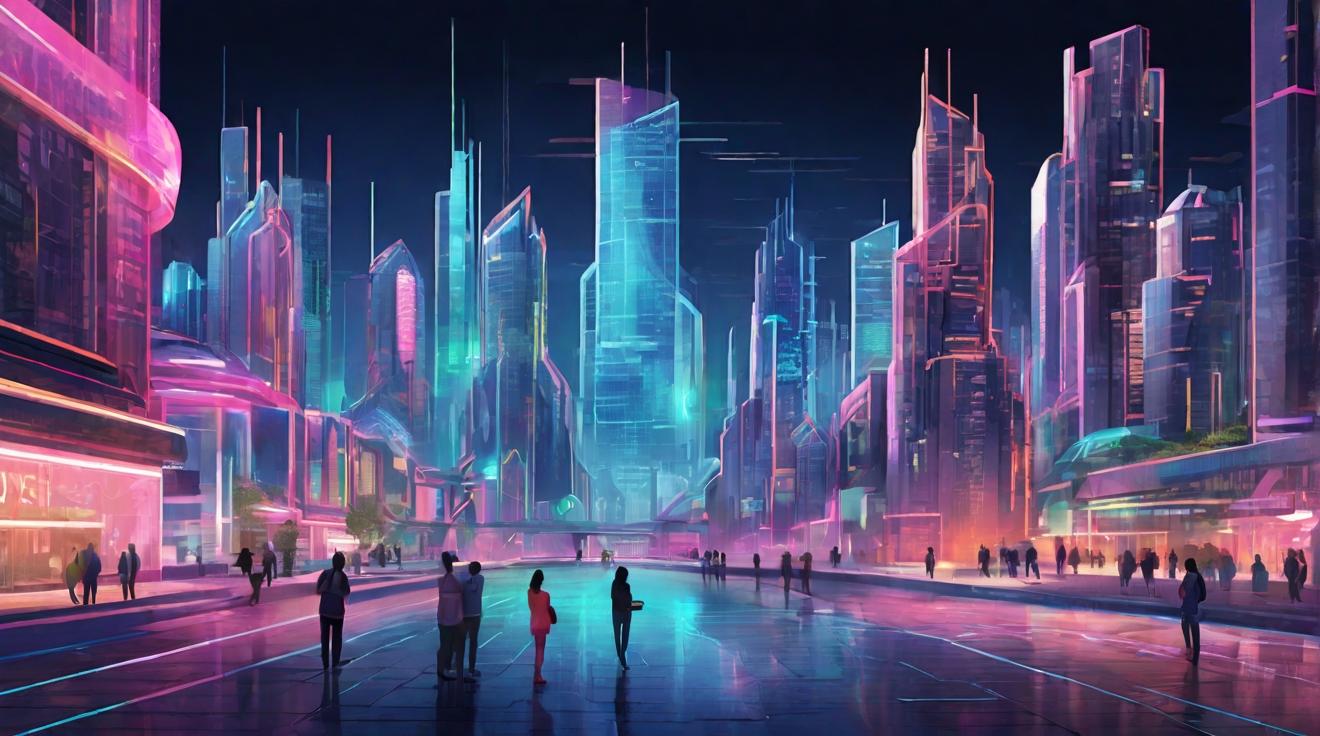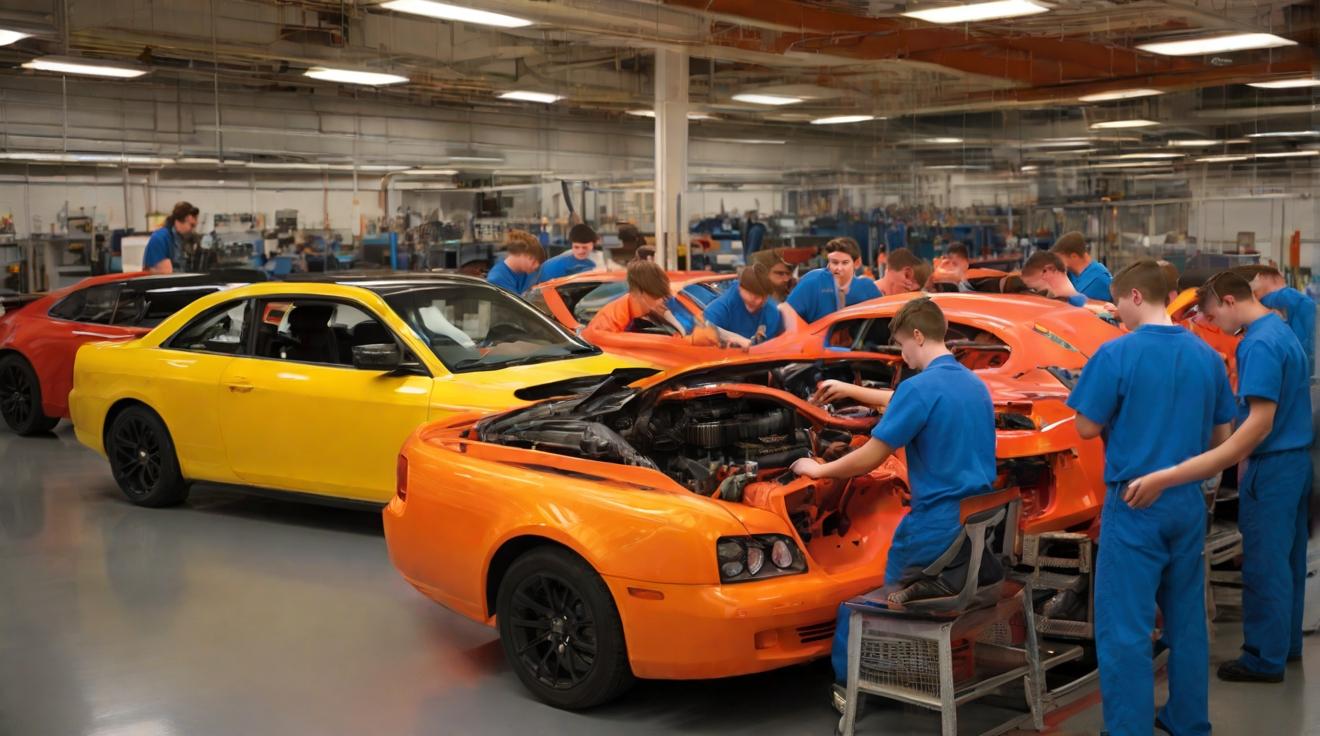Inside Rivian’s Design Lab: Crafting a Distinctive EV Identity
Rivian first captured attention in 2018 with the launch of the R1T, one of the earliest all-electric pickup trucks. Building on that success, the company introduced the R1S SUV, sharing the same platform and reinforcing its brand ethos centered on adventure and outdoor lifestyles. Now, Rivian is preparing to broaden its portfolio with two new models: the R2, a more compact iteration of the R1S SUV, and the R3, a rally-inspired electric hatchback. These vehicles mark a strategic move to reach a wider consumer base beyond the premium segment.Design Philosophy: Innovation Beyond Expectation
Jeff Hammoud, Rivian’s Chief Design Officer, highlighted the company’s intent to break conventional boundaries with the R3. “A lot of people were surprised on R3,” Hammoud said. “It’s not something that I think a lot of people would have guessed that Rivian would have done … and that was the key thing we were trying to show, we’re not pigeonholed to one form factor.” This design approach is evident in Rivian’s signature lighting. The distinctive headlights, initially met with mixed reactions, have become a hallmark of the brand’s identity. John Voelcker, contributing editor at Car and Driver, reflected on the design’s impact: “They were controversial… It took a while for people to get over it. I think it was smart in that it’s harder to make your truck distinctive. So a front end that immediately is like no one else is probably a good thing.”New Models and Production Expansion
The R2 model, priced around $45,000, is expected to enter production by the end of 2025 at Rivian’s Normal, Illinois facility. Hammoud emphasized the shift in design strategy for the R2: “While R1 was designed through addition, we had to look at R2 through subtraction. What are the things we can remove or take away, but still keep the ethos of the product and the brand?” Meanwhile, Rivian is investing heavily in capacity expansion. The company broke ground on a $5 billion factory in Georgia, which CEO RJ Scaringe describes as the site for scaling global production. “We’re first launching R2 at our facility in Illinois, but this is really the site where we’ll scale global production. We’re building this into a 400,000 unit plant,” Scaringe said during a visit to the construction site.Navigating Industry Challenges
Rivian’s expansion comes amid a challenging environment. Lower demand for electric vehicles, increasing production costs, and the termination of the U.S. federal EV tax credit create headwinds for the company’s growth trajectory. Despite these obstacles, Rivian remains committed to its long-term vision of innovation and market expansion. Its focus on adventure-themed EVs and distinctive design aims to differentiate the brand in a crowded marketplace.FinOracleAI — Market View
Rivian is at a pivotal juncture as it diversifies its product lineup and scales manufacturing capabilities. The move to introduce more affordable models like the R2 could broaden its customer base, but execution risks remain high given industry pressures.- Opportunities: Expansion into lower-priced EV segments; distinctive design enhancing brand recognition; large-scale production capacity in Georgia.
- Risks: Weakening EV demand amid economic headwinds; loss of federal tax incentives; high capital expenditure impacting cash flow.
Impact: Neutral to cautiously positive. While Rivian’s strategic initiatives position it for future growth, near-term challenges could pressure financial performance and market sentiment.













